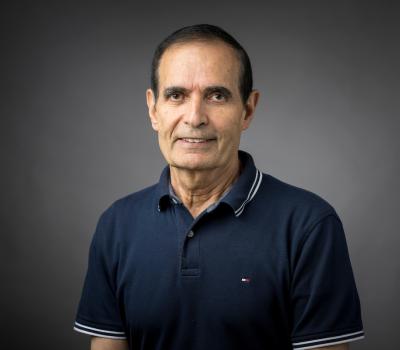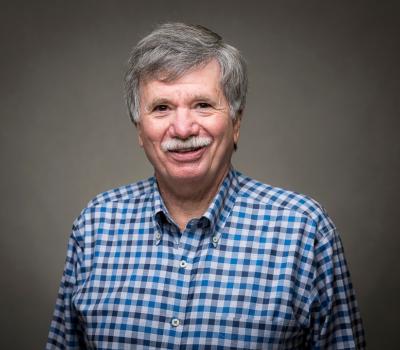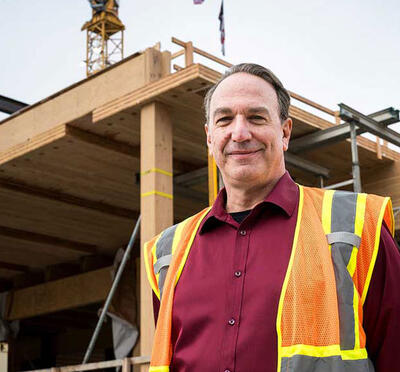Lewis Semprini is working to build strong, healthy communities that thrive on toxic waste.
The communities in this case are made up of a special type of anaerobic bacteria that “breathe” chlorinated organic solvents, similar to the way humans breathe oxygen. Semprini, a distinguished professor of environmental engineering at Oregon State, has spent the past 30 years working on bioremediation strategies using these and other types of microorganisms to help clean up contaminated groundwater.
Chlorinated organic solvents, such as trichloroethylene (TCE), are widely used in industry. For much of the 20th century, massive quantities of these highly toxic substances were casually dumped without a second thought. Over the years, these chemicals have migrated from the soil into groundwater sources, where they persist indefinitely as environmental contaminants. Tens of thousands of contaminated sites have been identified throughout the United States.
For a class of microorganisms called organohalide-respiring bacteria, however, cleaning up these solvents comes as naturally as breathing.
“These species can perform a complete detoxification,” Semprini said. “They take in a toxic, heavily chlorinated molecule like TCE and transform it into a much more benign, completely nonchlorinated molecule, ethene.”
Semprini’s lab recently concluded a major study in collaboration with Stanford University and funded by the National Science Foundation that examined the community structure of an organohalide-respiring species called Dehalococcoides mccartyi.
As it turns out, D. mccartyi bacteria are not all built exactly the same. Due to slight, difficult-to-detect genetic variations, different strains produce enzymes required at certain stages of the dehalogenation process but lack the ability to produce enzymes required at other stages, so the cleaning efficiency of bacterial cultures varies. The particular culture used in this study, known as the Evanite culture, is a home-grown variant. It comes from the site of what used to be known as the Evanite Fiber Company, located on the Willamette River near Oregon State’s main campus in Corvallis. Cleanup of TCE-contaminated soil has been going on at the site for more than 25 years.
Genetic variation is where community structure becomes an important concept. In a well-structured community, each strain does its job and the conversion from TCE to ethene is complete. If conditions are not optimal, however, toxic accumulations of intermediate chlorinated compounds — dichloroethane and vinyl chloride — can build up, and the dehalogenation process will stall.
“The question for us was, how do we tease out and actually enumerate the different variants of this microorganism?” Semprini said.
To answer that question, Semprini’s lab maintained for seven years a culture of D. mccartyi in a chemostat under varying substrate conditions. A chemostat consists of a continuously stirred tank in which effluent is siphoned off at the same rate as fresh culture medium is supplied. The goal is to maintain a constant volume with a stable bacterial population. But keeping a culture alive in a chemostat in the long term can be a tricky proposition, especially when dealing with anaerobic bacteria, because even the slightest exposure to oxygen can be deadly.
The Stanford collaborators provided the advanced molecular techniques required for the study. Semprini credits Research Associate Mohammad Azizian, a key collaborator for the past 20 years, with developing the systems and techniques necessary for its success.
“If the Guinness Book of World Records had an entry for the longest-running chemostat, we would certainly be in contention for the title,” Semprini said. “This study represents the longest anyone has kept this microorganism alive in a chemostat on a continuous-feeding basis.”
The study, published in Environmental Science & Technology, demonstrated that the viability of different strains within a bacterial community can vary.
“This process is already being used to clean up groundwater,” Semprini said. “So there are important questions about the types of conditions needed to support the right microbial community. What we’ve shown is the importance of substrate addition, having enough available to achieve complete dehalogenation, and also that we can track these different strains using advanced molecular techniques.”
MOMENTUM, College of Engineering, Spring 2018
MOMENTUM Issue Archives
Questions: editor@engr.oregonstate.edu





